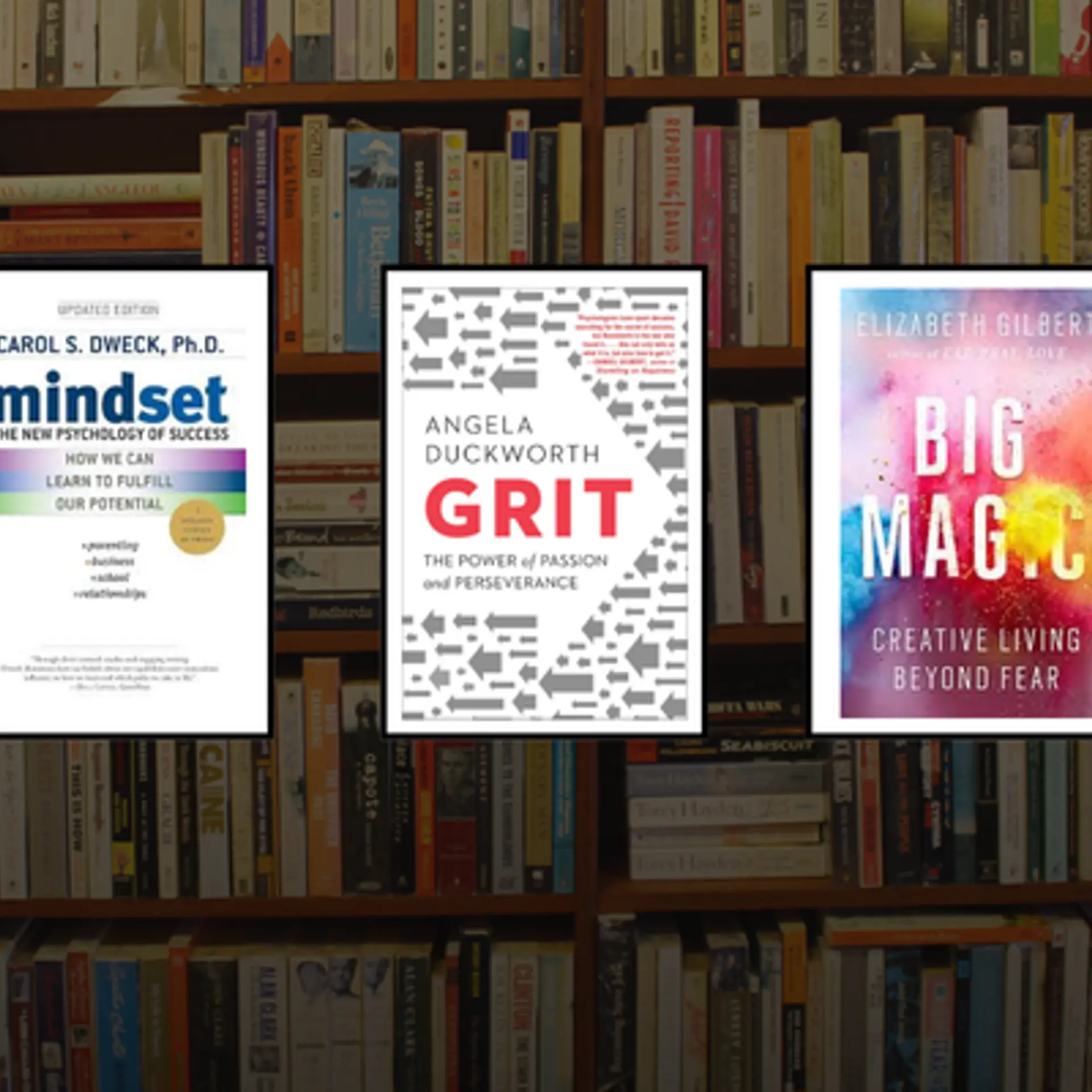From cohorts to communities: This guidebook shows how to build accelerator programmes for women entrepreneurs
This handy guide provides practical tips for entrepreneurship support programmes to accelerate businesses founded by women. Here are some takeaways.
Launched in 2012, YourStory's Book Review section features over 335 titles on creativity, innovation, knowledge work, and digital transformation. See also our related columns The Turning Point, Techie Tuesdays, and Storybites.
Looking for a guidebook for designing, launching, and assessing an accelerator for women entrepreneurs? Check out Accelerating Her Business: The Definitive Guide to Building Successful Acceleration Programs by Poornima Shenoy and Supriya Panchangam.
The self-published book provides a wealth of checklists, tips, and advice for those interested in setting up an accelerator programme for women entrepreneurs. The online companion also provides practical worksheets as downloads.
The writing is straightforward and easy to digest, and each chapter includes an inspiring quote. Some in-depth case studies, and an index at the end of the book, would have been welcome additions to the material.
Poornima Shenoy is the CEO of Hummingbird Advisors and has successfully built and exited three startups. The TiE Bangalore Charter Member is the founding President of the India Semiconductor Association and helped in the conceptualisation of the Electronics Sector Skills Council of India.
Supriya Panchangam has close to 15 years of experience in building partnerships, brand development, and project management. She earlier led the execution of Growtherator Bangalore, a scaling programme for established women-owned enterprises hosted by GAME.
Here are my key clusters of takeaways from this slender 200-page book, summarised as well in the table below. See also my reviews of the related books, Startup Accelerators, Gorillas can Dance, The Startup Community Way, and the Startup Guide city series.
Check out YourStory’s Startup Hatch section for profiles of over 30 accelerators, incubators, and entrepreneurship programmes.

Context
“There is no better time than now for India to accelerate women entrepreneurship,” M Srinivas Rao, CEO of T-Hub, writes in the foreword.
“One of the key ways to scale women entrepreneurship is through the work of accelerators and incubators,” the authors begin. Such initiatives can help with the adoption of technology, gain access to networks and markets, and build confidence.
The authors cite research which shows that women-owned enterprises form only 20 percent of enterprises in India. By 2030, India’s working-age population may pass one billion, of which 400 million would be women.
Women need to be coached on their inherent strengths such as communication and connection, the authors argue. They also need to tackle self-doubt, lower appetite for risk, and self-perception that they lack financial skills.
“Being surrounded by inspirational and relatable role models and other women on a similar entrepreneurial journey can unlock the tremendous untapped potential of the Indian women entrepreneur,” the authors affirm.
Accelerators need to differentiate from others in the field through unique propositions, including a combination of mentors, funds, faculty, curriculum, experts, consultants, and infrastructure. The involvement of successful serial entrepreneurs is also key.
“Accelerators need to be evangelists and advocates of entrepreneurial success stories,” the authors advise.
The 16 chapters of the book are divided into six sections, with descriptions of success factors and speed-breakers in the accelerator journey.

1. Definition
Accelerator goals can be set for a five or ten-year period, with sustainability and scope clearly defined. Further, funding and ecosystem linkages should be spelt out. The authors advise that long-term metrics should be aligned with the aspirational vision of the accelerator.
The ideal duration of each cohort could be three months, although six weeks to 12 months are also possible, depending on sector and stage. Sessions can be conducted online, physically, or in hybrid mode.
“Co-creating the programme schedule along with the participants is a great way to ensure their commitment to the programme,” the authors observe. This is particularly true given that women have to balance family and business activities.
Government and corporate funds, along with programme fees, can be used to cover costs of infrastructure, staff, and legal counsel. Research methodologies and impact reporting should also be specified.
Impact metrics should span immediate outcomes (eg. trainer feedback, graduation ratio), medium-term (eg. employment, revenue), and long-term (eg. sustained growth).
2. Planning
Gantt charts can be used to plot timelines of pre and post programme activities, along with execution. Resource plans should factor in costs of IT support, collaterals, and workflow software.
Key roles include cohort manager, community manager, faculty, mentors, coaches, trainers, advisors, researchers, operations staff, and IT administrator. The cohort or programme manager must be empathetic, passionate, dependable, articulate, and adaptable.
“Hiring people with high ownership is crucial for running successful programmes,” the authors emphasise.
They also flag off some potential risks and setbacks along the way, including high programme cost, low quality of cohort and mentors, and lack of progress by participants.

3. Preparation
The authors advise bringing in mentors from different fields and backgrounds. “The most important type of mentors are experienced entrepreneurs,” they advise.
Some of them should have global experience as well. Accelerator alumni and women role models are also key. The accelerator should have clear policies on acceptable and safe behaviour to root out harassment.
The start of the programme should be “memorable and positive”, but expectations should be set in binding offer letters and NDAs.
4. Launch
“Setting accurate selection criteria is essential for the programme’s success,” the authors affirm. There should be clarity on the sector and stage of the startup and participants’ qualities such as ambition, the bias for action, willingness to learn from others, and risk-taking ability.
“Ensure a gender-diverse selection panel, including women as jury members,” the authors add. Briefing documents should be circulated, and more than one juror should assess each application.
“Extend invitations to rejected applicants for non-core activities like open-door sessions and free events,” the authors advise.
The programme should also be systematically promoted to the broader business ecosystem. “Ensure promotion of female representation,” the authors emphasise. Some of the women-specific networks include Aspire for Her, FICCI Flo, TiE Women, Ubuntu, WICCI, and Sheroes.

5. Execution
The authors describe three outcomes of an impactful curriculum: knowledge, skills, and mindsets, which should include product development, communication, fundraising, hiring, compliance, and leadership.
It is important to factor in the different interaction styles of mentors and monitor their interactions with mentees. Feedback loops are an important part of the assessment.
“Encourage groups to work together both online and offline,” the authors advise. “Incentivise peer learning as much as possible,” they add, suggesting recognition and acknowledgement as encouragement steps.
Topics should be designed with synchronous and asynchronous activities in every session. Co-facilitators can help with issues like tool management.
“Special days have significance in a cohort-based acceleration programme,” the authors emphasise. This ranges from inaugural day to graduation day, social meetups with co-founders, speed dating, fireside chats, roundtables, and demo days in between.
Testimonials should be collected, which can be used for future promotions.

6. Post-programme
An important chapter focuses on extending cohorts into communities by creating powerful shared experiences and cementing trust.
A sense of togetherness can be fostered by clear identification of the programme (eg. Sequoia Surge: ‘supercharge the startup’) or articulated action phrases (eg. Get. Set. Grow. by Growtherator).
“Co-creation of activities helps build on participants’ experiences,” the authors explain. A spirit of giving and caring should be championed, which will spark a virtuous cycle to strengthen the community.
The authors describe different types of participant personas in this regard: enthusiastic, self-focused, experienced, challenging/laggard, and even obligated.
“Create events and opportunities for graduated and current entrepreneurs to interact as much as possible,” the authors advise.
“The long-term impact is subject to how the participants can continue to learn from each other and harness the collective potential of their communities,” the authors sign off.
The book ends with profiles of supporting partners such as CFO Bridge, Harappa Education, RAIN Group Consulting, and Wadhwani Foundation.
YourStory has also published the pocketbook ‘Proverbs and Quotes for Entrepreneurs: A World of Inspiration for Startups’ as a creative and motivational guide for innovators (downloadable as apps here: Apple, Android).
Edited by Suman Singh











